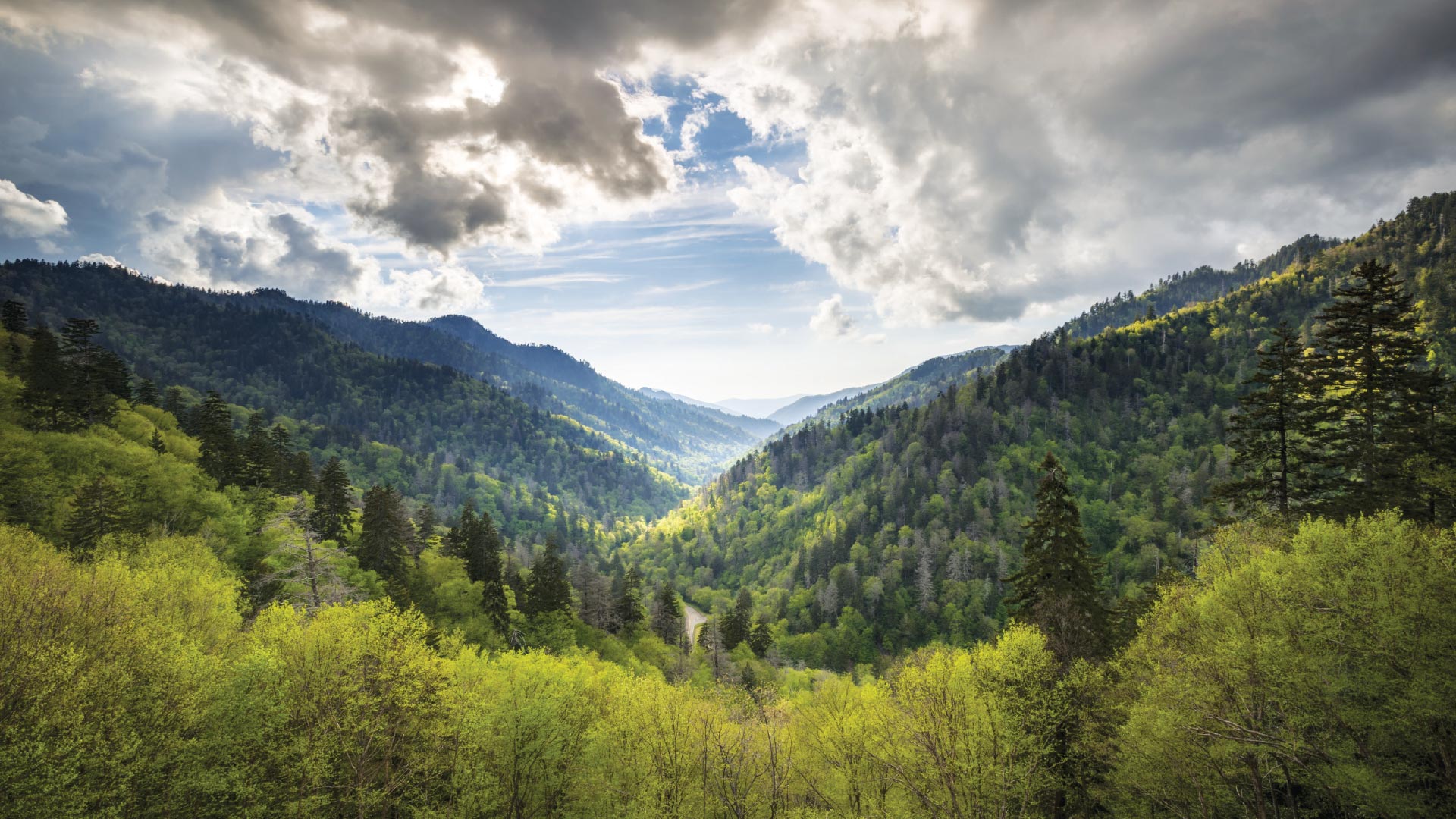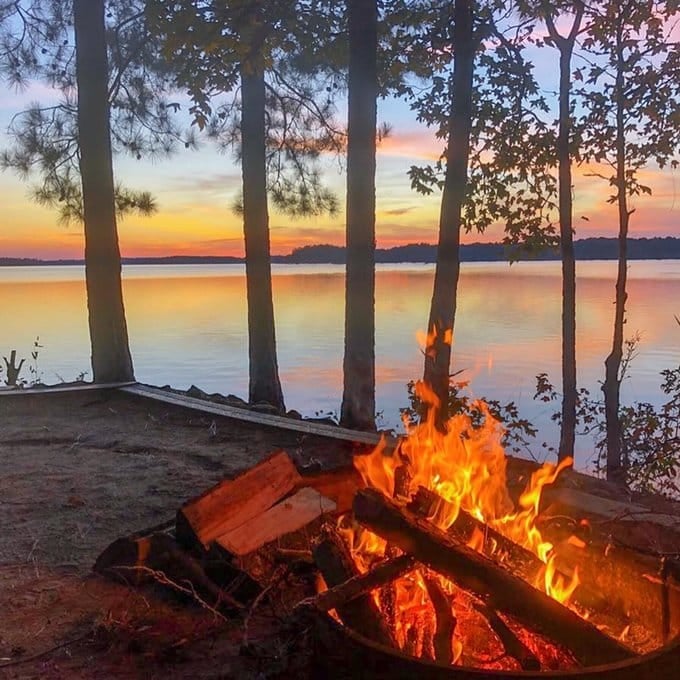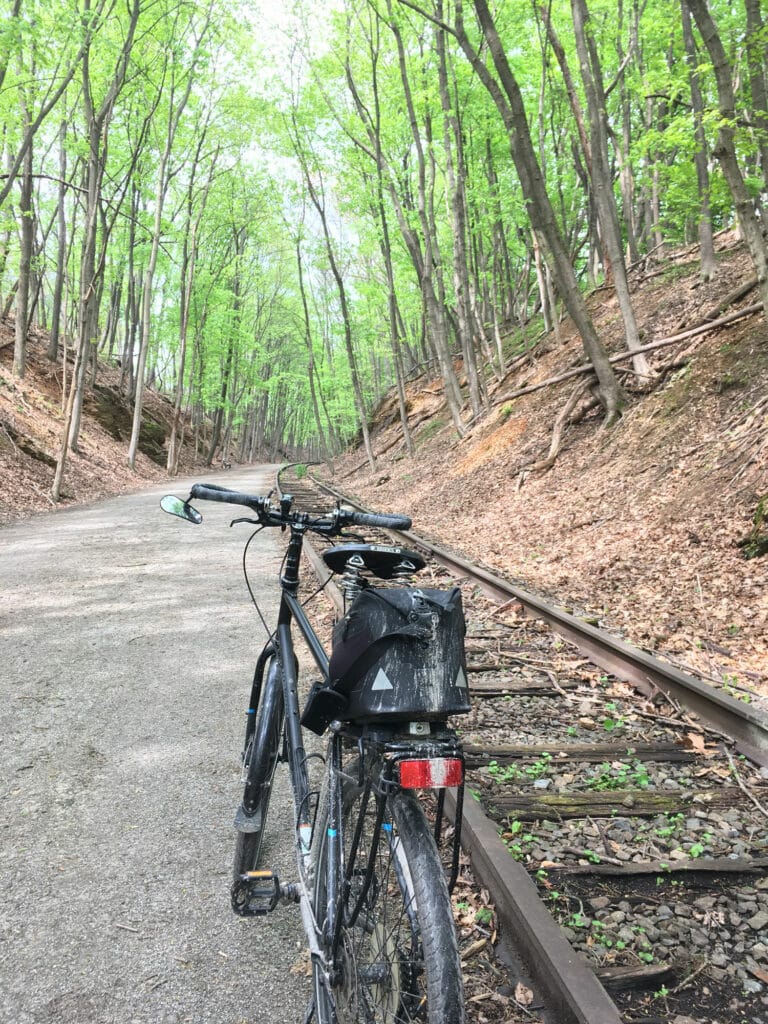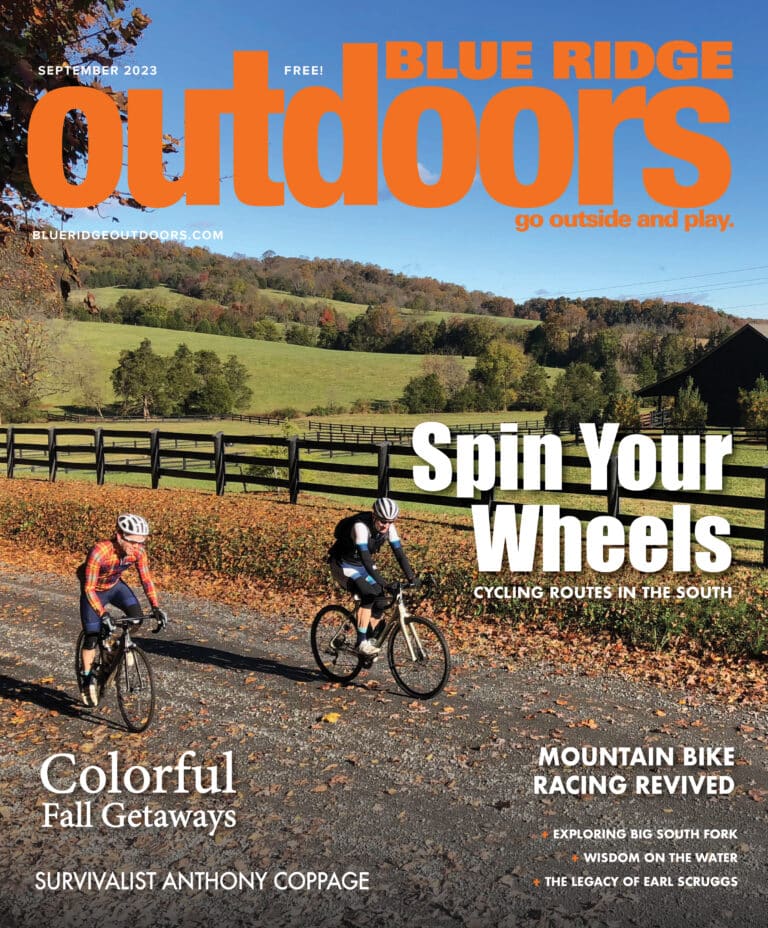Stretching between Tennessee and North Carolina, Great Smoky Mountains National Park is the most visited national park in the country, attracting more than twice as many visitors as the Grand Canyon every year.
The park’s 522,427 acres create the perfect spot for hiking, backpacking, wildlife observation, and other outdoor activities. But with the park split between two states, the question of which side is better is always present.
Julie Graham, the executive director for the Middle-East Tennessee Tourism Council, says that some consider the east side of the Smokies to be the adventure side, while the west side is known to be the peaceful side.
“They see themselves as slightly different,” Graham says. “Really it’s elevation, it’s the type of water, and it’s the crowds. And the crowds are in the middle.”
Shawn Dunnaway, from Smokies Adventure, typically spends more time on the Tennessee side of the national park. Dunnaway said he thinks the Tennessee side may be more popular because it’s easier to get to.
“I think a lot of that is just geography. We’re coming from the west, so it would take another hour to travel through the national park to get to the other side,” Dunnaway says.
North Carolina has elk, which were re-introduced to the Cataloochee Valley in North Carolina, and haven’t yet spread over to the Tennessee side of the park.
Black bears are seen on both the North Carolina and Tennessee sides of the national park. There are around 1,500 bears in the park, which is roughly two bears per square mile.
Peak visitation months differ in the two areas. July is the highest visitation month for the Tennessee side, while October is most popular on the North Carolina side.
The Tennessee side of the national park is famous for its many attractions and tourist towns located right outside of the park, such as Pigeon Forge and Gatlinburg. According to Brent McDaniel, a member of Friends of the Smokies, visitation rates are higher on the Tennessee side of the park.
“Gatlinburg is a really heavily trafficked, tourist-based community. So they’ve got a lot of restaurants and attractions, like Ripley’s, and the aquarium, and Dollywood, and that kind of thing,” McDaniel says.
However, while Asheville and Knoxville are similar distances from the park, and serve as major gateway communities, more people travel from Knoxville than Asheville to visit the Smokies.
“People in Asheville kind of identify the [Blue Ridge] Parkway as their park, and less so with the Smokies, even though it is just as close as Knoxville is,” McDaniel says. “So we don’t get a whole lot of traffic from Asheville the way we do traffic from Knoxville.”
But while Tennessee may have more attractions directly outside of the park’s boundaries, both states have unique appeals inside of the Smokies.
“The North Carolina side is not as heavily visited,” continues McDaniels, “so if you’re looking for quiet hikes, I’ll usually recommend people go over to Cataloochee Valley or Deep Creek. There isn’t as much traffic.”
Jeff Doran, a longtime Smokies hiker, echoed the sentiment that the North Carolina side is wilder, more accessible, and less crowded.
“Getting to and from trailheads is much easier, and less stressful,” Doran says. “Moreover, the trails in general are far less crowded on the NC side as well. There’s more of a sense of wilderness when hiking on the NC side when compared to many of the trails on the TN side.”
However, Doran says he prefers to spend his time between the two states, on the crest of the Smokies.
“By far my favorite hikes include Mount Cammerer, Charlies Bunion, Andrews Bald, Rocky Top, and Gregory Bald, which are all located on or near the border of the two states,” he says. “To me, the high country straddling both states is the most beautiful part of the Great Smoky Mountains.”








